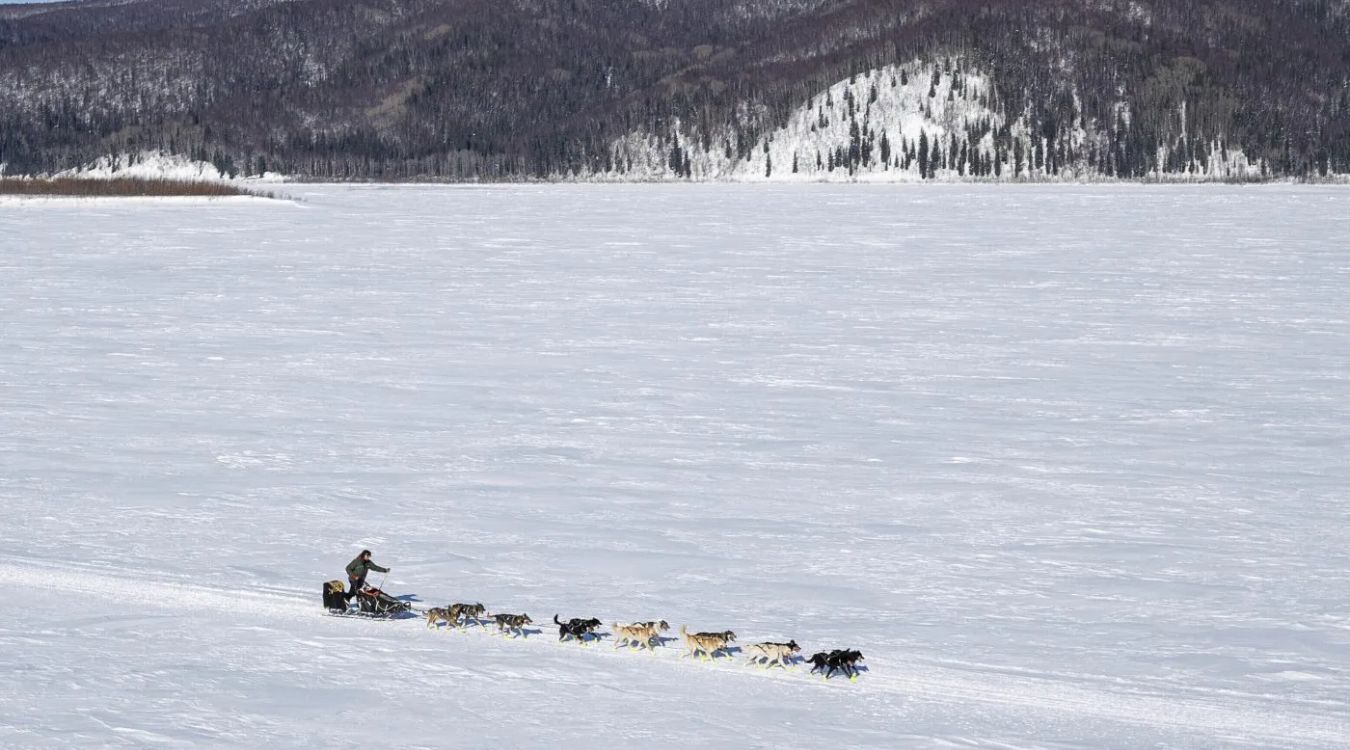Hidden Paths Of Alaska’s Iditarod

Have you ever thought about what makes the Iditarod Trail so special? This legendary path in Alaska is more than just a racecourse; it's a journey through history, culture, and breathtaking landscapes. Each year, mushers and their dog teams brave harsh conditions to honor a tradition that dates back to the early 20th century. The trail stretches over 1,000 miles, winding through snowy forests, frozen rivers, and rugged mountains. Along the way, participants experience the raw beauty of Alaska and the spirit of adventure. Whether you're a fan of dog sledding or just curious about this iconic event, the Iditarod offers a glimpse into a world where nature and tradition meet. Get ready to learn about the challenges, the excitement, and the stories that make the Iditarod an unforgettable experience.
The Allure of Alaska's Iditarod
Alaska's Iditarod is more than just a race; it's a journey through some of the most breathtaking landscapes on Earth. This legendary trail offers hidden paths that reveal the true spirit of the Last Frontier. Let's trek through these secret spots that make the Iditarod an unforgettable adventure.
1. Anchorage: The Starting Point
Anchorage is where the excitement begins. This bustling city is the perfect place to gear up for the adventure ahead. With its stunning backdrop of the Chugach Mountains, Anchorage offers a mix of urban life and wild beauty.
2. Willow: Gateway to the Wilderness
Willow marks the official start of the Iditarod Trail. This small town is where mushers and their teams set off into the vast Alaskan wilderness. Surrounded by forests and lakes, Willow is a serene spot that hints at the challenges to come.
3. Rainy Pass: A Mountainous Challenge
Rainy Pass is one of the most challenging sections of the Iditarod. Nestled in the Alaska Range, this area is known for its steep climbs and unpredictable weather. The views from the top are worth every bit of effort, offering a glimpse of Alaska's rugged beauty.
4. Rohn: A Remote Checkpoint
Rohn is a remote checkpoint that feels like stepping back in time. Located in the heart of the wilderness, this spot is a quiet refuge for mushers. The surrounding landscape is untouched, providing a sense of solitude and peace.
5. Nikolai: A Taste of Native Culture
Nikolai is a small village that offers a taste of Native Alaskan culture. Here, mushers are greeted with warm hospitality and a chance to learn about the traditions of the local people. It's a reminder of the deep connection between the Iditarod and Alaska's history.
6. McGrath: A Welcome Respite
McGrath is a bustling checkpoint where mushers can rest and recharge. This town is known for its friendly residents and hearty meals, offering a welcome break from the trail. It's a place where stories are shared and camaraderie is built.
7. Takotna: Famous for Pie
Takotna is famous among mushers for its delicious pies. This small village offers a sweet treat and a chance to relax. The warmth of the community and the comfort of homemade pie make Takotna a favorite stop on the trail.
8. Iditarod: The Ghost Town
Iditarod, the namesake of the race, is a ghost town that echoes with history. Once a bustling mining town, it now stands as a reminder of Alaska's past. Exploring this abandoned place is like stepping into a time capsule.
9. Shageluk: A Scenic Stop
Shageluk is a scenic village surrounded by rivers and forests. This checkpoint offers stunning views and a chance to experience the natural beauty of Alaska. It's a peaceful spot that highlights the tranquility of the trail.
10. Kaltag: A Historic Crossing
Kaltag is a historic crossing point where the Iditarod Trail meets the Yukon River. This village has been a vital link for centuries, connecting different parts of Alaska. The river views and rich history make Kaltag a memorable stop.
11. Unalakleet: The Coastal Gateway
Unalakleet is the first coastal checkpoint on the trail. This village offers a change of scenery with its ocean views and sandy beaches. The fresh sea air and stunning sunsets provide a refreshing contrast to the inland sections of the trail.
12. White Mountain: The Final Rest
White Mountain is the final mandatory rest stop before the finish line. This village offers a chance for mushers to gather their strength for the last push. The anticipation of the end is palpable, making White Mountain a place of reflection and preparation.
13. Nome: The Grand Finale
Nome is where the Iditarod journey ends. This historic town is filled with celebration as mushers cross the finish line. The sense of accomplishment and the joy of reaching Nome make it a fitting conclusion to the epic adventure.
Discovering Alaska's Iditarod
Alaska's Iditarod Trail offers more than just a race; it's a journey through history, culture, and breathtaking landscapes. This legendary path, stretching over 1,000 miles, challenges both mushers and their dog teams, testing endurance and spirit. Beyond the race, the trail reveals stories of the Gold Rush, native traditions, and the rugged beauty of the Alaskan wilderness. Visitors can witness the Northern Lights, explore snow-covered forests, and experience the thrill of sledding. Whether you're an adventurer or a history buff, the Iditarod provides a unique glimpse into the heart of Alaska. Embrace the cold, the challenge, and the beauty of this iconic trail. As you explore, remember the pioneers and the brave souls who made this journey before. The Iditarod is more than a race; it's a testament to human and canine perseverance in one of the world's last great frontiers.

